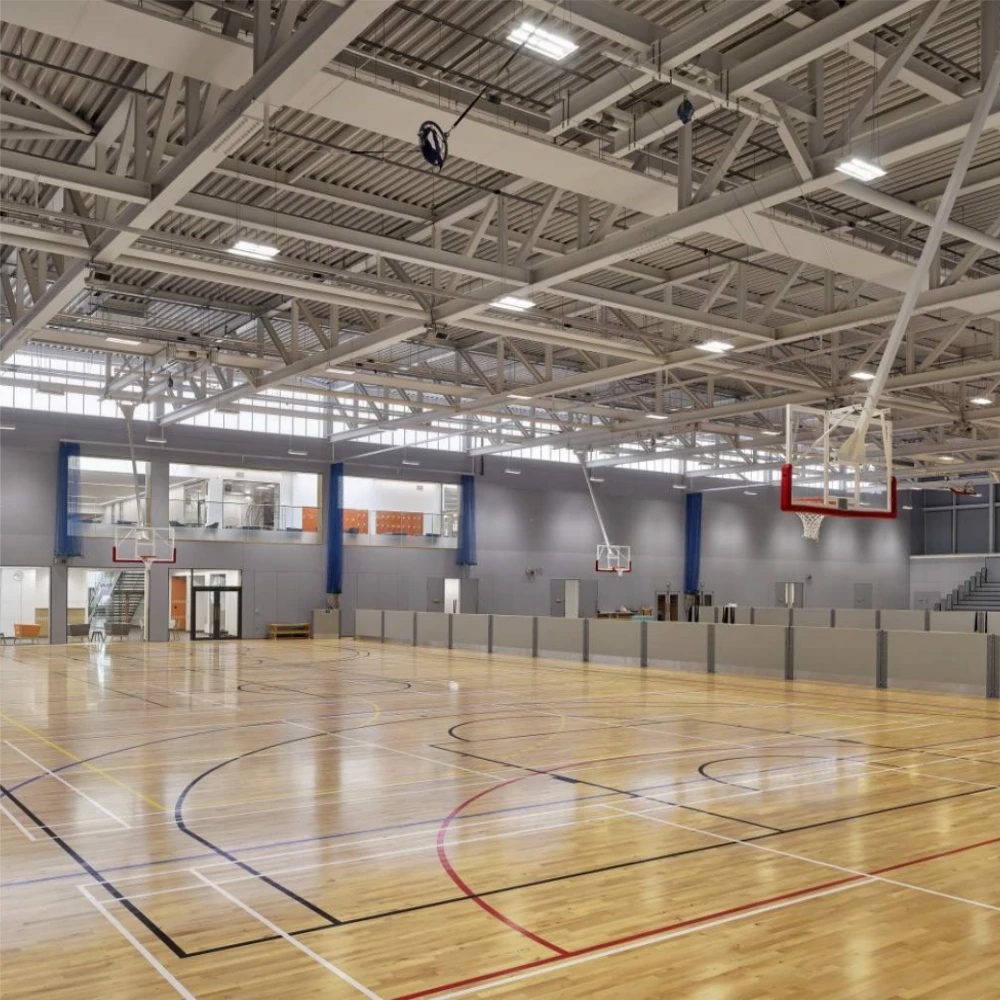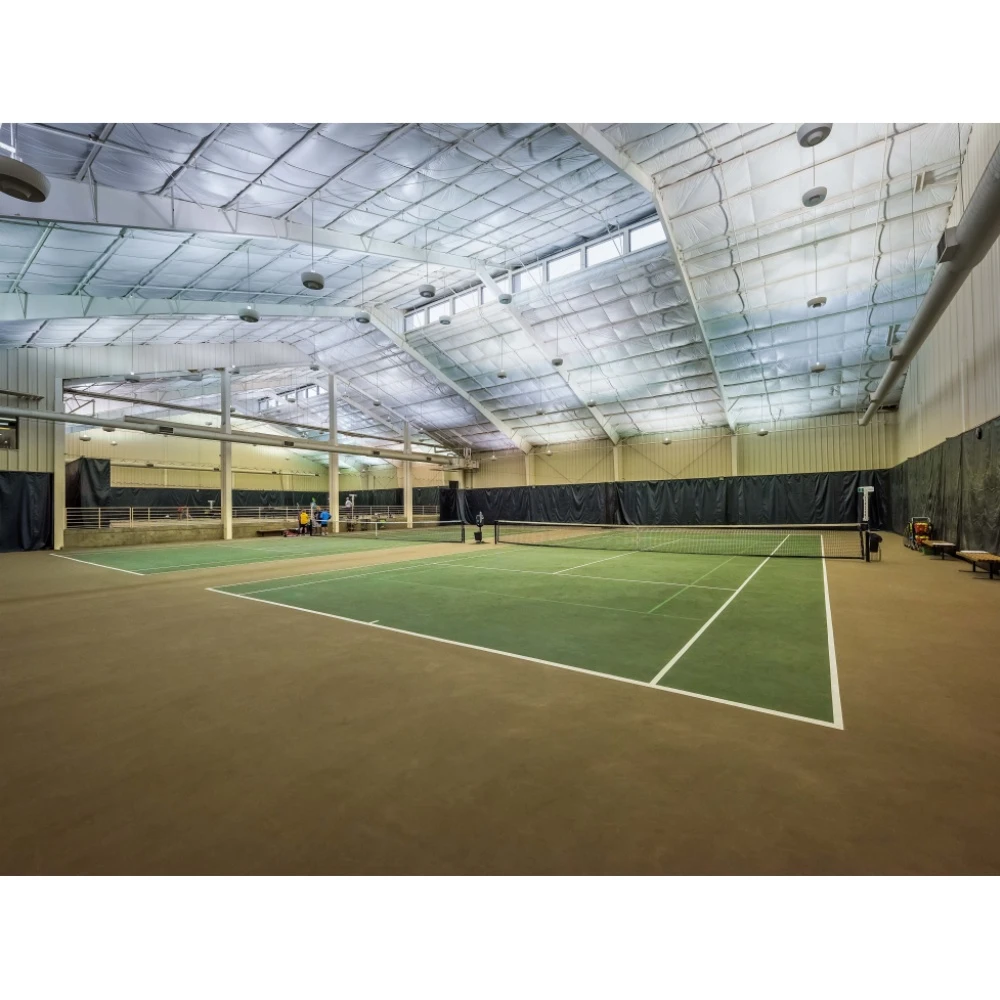- Afrikaans
- Albanian
- Amharic
- Arabic
- Armenian
- Azerbaijani
- Basque
- Belarusian
- Bengali
- Bosnian
- Bulgarian
- Catalan
- Cebuano
- Corsican
- Croatian
- Czech
- Danish
- Dutch
- English
- Esperanto
- Estonian
- Finnish
- French
- Frisian
- Galician
- Georgian
- German
- Greek
- Gujarati
- Haitian Creole
- hausa
- hawaiian
- Hebrew
- Hindi
- Miao
- Hungarian
- Icelandic
- igbo
- Indonesian
- irish
- Italian
- Japanese
- Javanese
- Kannada
- kazakh
- Khmer
- Rwandese
- Korean
- Kurdish
- Kyrgyz
- Lao
- Latin
- Latvian
- Lithuanian
- Luxembourgish
- Macedonian
- Malgashi
- Malay
- Malayalam
- Maltese
- Maori
- Marathi
- Mongolian
- Myanmar
- Nepali
- Norwegian
- Norwegian
- Occitan
- Pashto
- Persian
- Polish
- Portuguese
- Punjabi
- Romanian
- Russian
- Samoan
- Scottish Gaelic
- Serbian
- Sesotho
- Shona
- Sindhi
- Sinhala
- Slovak
- Slovenian
- Somali
- Spanish
- Sundanese
- Swahili
- Swedish
- Tagalog
- Tajik
- Tamil
- Tatar
- Telugu
- Thai
- Turkish
- Turkmen
- Ukrainian
- Urdu
- Uighur
- Uzbek
- Vietnamese
- Welsh
- Bantu
- Yiddish
- Yoruba
- Zulu
Nov . 16, 2024 10:22 Back to list
The Rise of Modular Steel Buildings A Sustainable Approach to Modern Construction
In an era where sustainability and efficiency are paramount, modular steel buildings are emerging as a transformative solution in the construction industry. These structures not only meet the increasing demand for quick and cost-effective building options but also address the growing concerns around environmental impact and resource use. This article explores the advantages, applications, and future of modular steel buildings.
What Are Modular Steel Buildings?
Modular steel buildings are prefabricated structures made with steel components that are manufactured off-site and then assembled on location. This method allows for rapid construction timelines and controlled quality, as the pieces can be fabricated in a factory setting where conditions are optimized for precision. Once the modular components are produced, they are transported to the construction site, where they are assembled, minimizing disruption to the surrounding environment.
Advantages of Modular Steel Buildings
1. Speed of Construction One of the most significant benefits of modular buildings is their construction speed. Traditional building methods can take months or even years due to various factors such as weather delays, labor shortages, and on-site complications. In contrast, modular construction can significantly cut down on time since components can be built concurrently with site preparation.
2. Cost Efficiency Modular buildings can be more cost-effective than conventional construction. The controlled environment of a factory reduces waste and labor costs. Additionally, shorter construction times mean lower financing costs and quicker occupancy, translating to potential savings for developers and investors.
3. Sustainability Steel is one of the most recyclable materials in the world, and modular construction often results in less waste compared to traditional buildings. With careful planning and design, materials can be reused and recycled, minimizing the environmental footprint. Modular construction also promotes energy efficiency, as buildings can be designed to utilize sustainable materials and technologies from the outset.
4. Flexibility and Scalability Modular steel buildings offer flexibility in design and usage. They can be easily modified, expanded, or relocated as needs change. This adaptability makes them ideal for various applications, from commercial offices and retail spaces to schools and healthcare facilities.
modular steel buildings

5. Enhanced Quality Control Since modular components are constructed in a factory setting, there is a higher level of quality control during the manufacturing process. Advanced technology and skilled labor contribute to superior craftsmanship, reducing the likelihood of defects and increasing the durability of the building.
Applications of Modular Steel Buildings
Modular steel buildings have found applications across various sectors, demonstrating their versatility. In commercial settings, they are increasingly used for office spaces, retail outlets, and hospitality. They provide businesses with the opportunity to establish a physical presence quickly without compromising on quality.
In the educational sector, schools and universities have embraced modular construction to address space shortages and create modern learning environments. These buildings can be designed to incorporate innovative learning spaces while being constructed to meet specific safety and accessibility standards.
In healthcare, modular steel buildings are ideal for creating hospitals, clinics, and urgent care facilities rapidly, allowing communities to respond to health crises effectively. Their flexibility enables healthcare providers to adapt to changing medical needs, making them a pragmatic choice in today’s rapidly evolving landscape.
The Future of Modular Steel Buildings
The future of modular steel buildings looks promising as advancements in technology continue to drive efficiency and sustainability in construction. The integration of Building Information Modeling (BIM) and other digital tools will enhance project planning and execution, facilitating better collaboration among stakeholders.
As urbanization accelerates and the need for affordable housing rises, modular steel buildings could play a crucial role in addressing these challenges. Their ability to be constructed quickly and efficiently aligns perfectly with the needs of cities looking to provide necessary infrastructure and housing.
In conclusion, modular steel buildings represent a significant shift in the construction industry, offering a sustainable, efficient, and versatile solution for modern building challenges. As these methods continue to evolve and gain acceptance, they hold the potential to change the way we think about building, ensuring that we can meet the demands of a growing population while minimizing our environmental impact. The embrace of modular steel construction could very well pave the way for a more sustainable and efficient future in architecture and urban development.
-
How Do Prefabricated Steel Structures Transform Modern Construction?
NewsJul.14,2025
-
How Do Prefabricated Metal Buildings Redefine Modern Construction?
NewsJul.14,2025
-
How Do Prefab Insulated Metal Buildings and Steel Structures Revolutionize Modern Construction?
NewsJul.14,2025
-
How Do Pre - Engineered Steel Structures Redefine Modern Construction?
NewsJul.14,2025
-
Advancing Modular Construction with Prefabricated Metal Structures
NewsJul.14,2025
-
Advancing Industrial Infrastructure with Prefabricated Steel Solutions
NewsJul.14,2025
Products categories
Our Latest News
We have a professional design team and an excellent production and construction team.











